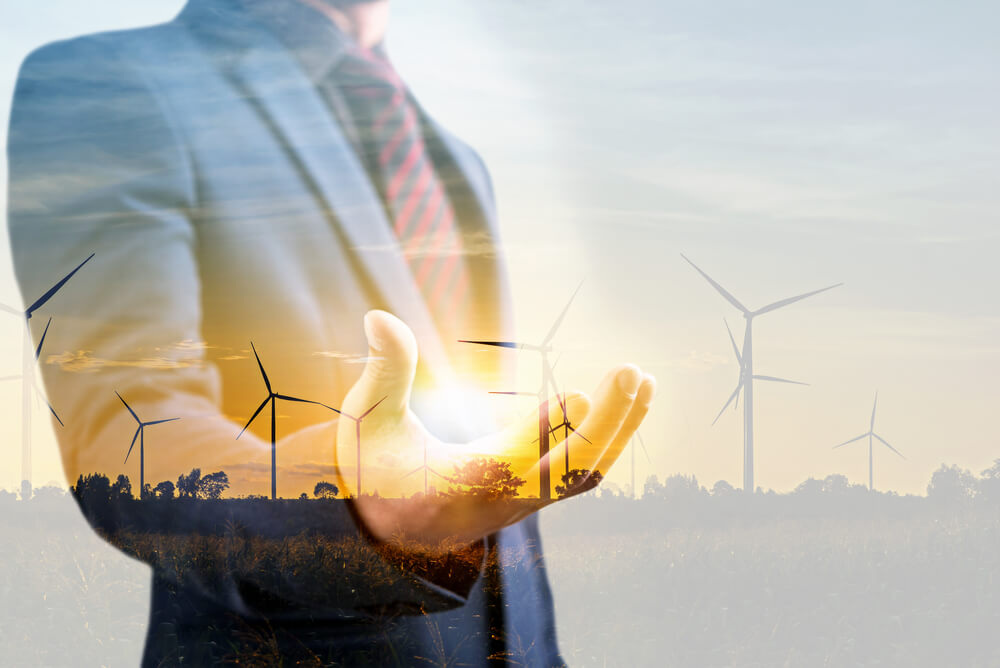
Commodity Trading and its Role in Energy Transition
The global energy landscape is rapidly transforming, driven by the need for sustainable and cleaner energy sources. The challenges of this energy transition are vast and complex, but there are key factors that play a crucial role in enabling this transition. One such factor is commodities, essential resources that power our modern world. In this article, we will delve into the significance of commodities, including commodity trading, in the energy transition and explore how they contribute to addressing the challenges, offer opportunities for risk management, and shape the energy industry’s future.
The Challenges of Energy Transition
Shifting from conventional fossil fuel-based energy systems to cleaner and more sustainable alternatives presents a significant challenge. One of the primary challenges is the need to reduce greenhouse gas emissions and mitigate climate change. This requires a significant shift from fossil fuel consumption to renewable energy sources such as wind, solar, and hydroelectric power. However, the scale and pace of this transition are enormous and require substantial investments, infrastructure upgrades, and policy changes.
Additionally, the intermittent nature of renewable energy sources poses challenges regarding reliability and grid stability. Unlike fossil fuel plants that can provide continuous power, renewable energy sources depend on weather conditions and daylight availability.
Commodity Trading is Essential to Energy Transition
Commodities play a crucial role in assisting the energy transition by providing the materials and resources required to create and use new energy technologies. Lithium, essential for creating lithium-ion batteries used in electric vehicles and energy storage systems, is one of the important commodities in this respect. Lithium consumption rises with the demand for electric vehicles and renewable energy storage.
Another crucial resource for the energy transition is copper. It is extensively utilized to build the infrastructure for renewable energy sources, such as wind turbines, solar panels, and electrical power networks. The demand for copper is anticipated to increase noticeably as these technologies spread.
Rare earth elements (REEs) are critical for producing various clean energy technologies. For example, neodymium and dysprosium are essential components of permanent magnets used in wind turbines, while lanthanum and cerium are crucial for catalytic converters in electric vehicle batteries. Ensuring a secure and sustainable supply of REEs is essential for the energy transition.
Risk Management and Future Opportunities
Managing the risks associated with commodities trading platforms is crucial for a successful energy transition, including investing in commodities funds to identify the best commodities to invest in. Volatility in commodity prices, supply chain disruptions, and geopolitical factors can significantly impact the availability and affordability of key resources. Diversification of supply sources, investment in domestic production, and fostering international collaborations can help mitigate these risks.
In conclusion, commodity trading is crucial in the energy transition, representing a vital shift toward a cleaner and more sustainable future. Commodities are pivotal in enabling this transition by powering renewable energy technologies and electric mobility solutions. However, managing the associated risks and ensuring sustainable sourcing practices in commodity trading is imperative.




